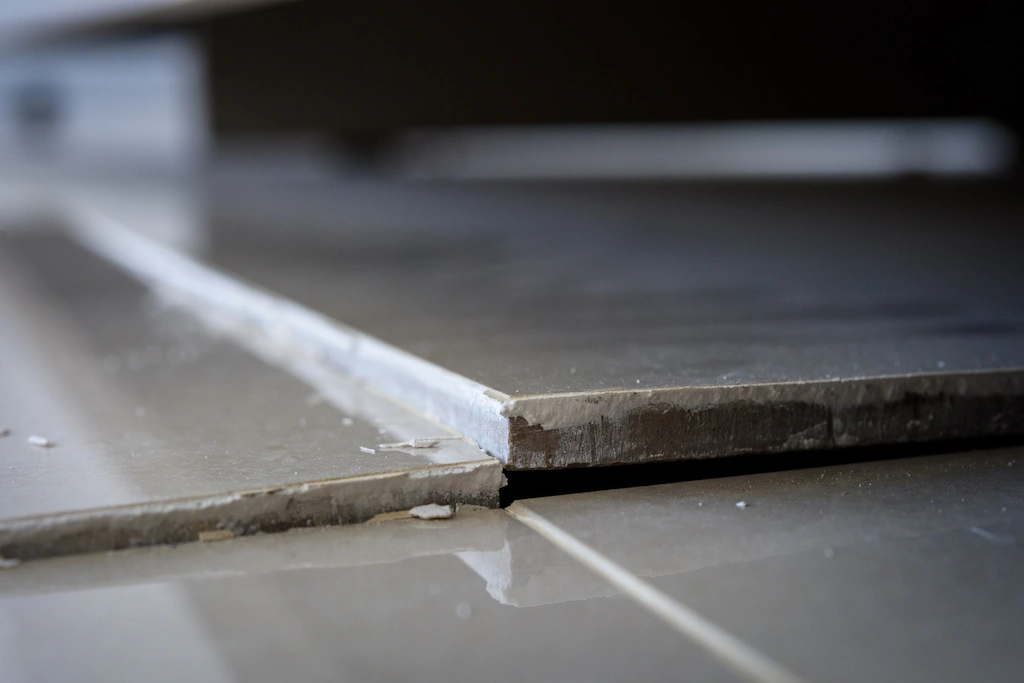Phone:
720-399-3335
Office address:
1685 S. Colorado Blvd. Suite 151, Denver, CO 80222


Replacing carpets can be an exciting venture to enhance the aesthetic and value of your home. You spend time selecting the right brand, perfect color, and best pile for your space. However, replacing carpet becomes a daunting task when asbestos tiles are found underneath the existing flooring.
Asbestos was commonly used as flooring material to strengthen floor tiles and vinyl and to provide fire and heat resistance. When its harmful effects on human health were discovered, its usage was dramatically reduced, beginning in the late 1970s. Many homes did not have this potentially dangerous flooring removed and instead covered the asbestos flooring with carpet.
If you have asbestos tiles under your carpet, it is important to take proper precautions to ensure the safety of yourself and others during the replacement process. Asbestos is a hazardous material that can cause serious health problems if inhaled, so it is essential to handle it carefully. Prolonged exposure to asbestos may cause major health problems, such as lung cancer, mesothelioma, and other major lung diseases.
If you have asbestos under carpet flooring materials, you also run the risk of secondary exposure. If the carpet and lower layers of flooring are disturbed or undergo wear and tear, asbestos fibers can be released into the air. This not only puts you and your family at risk, but it can also affect anyone who comes into contact with the contaminated carpet, including visitors, maintenance workers, or even pets.
While some homeowners may attempt to remove asbestos themselves, it’s crucial to understand the risks involved. Asbestos fibers are microscopic and can easily become airborne when disturbed during removal. This makes them very dangerous to inhale, especially for those who spend time in the affected area regularly.
It is important to note that asbestos-containing materials that are intact and undisturbed are generally considered stable and safe. However, if you suspect that your carpet or flooring may contain asbestos, it is crucial to consult with professionals who can assess the situation and safely remove or encapsulate the asbestos-containing materials, following the appropriate regulations and guidelines to minimize the risk of exposure.
Before beginning any carpet replacement project (or any other renovation project), you should have your home and flooring tested for asbestos by a professional. This will help you determine whether you have asbestos-containing materials in your home, including the tiles underneath your carpet. Asbestos can only be identified through laboratory analysis of a sample. Consult with a professional asbestos testing service to have a certified inspector collect samples and perform the analysis.
If the test comes back positive for asbestos, you should hire a licensed asbestos abatement professional to remove the tiles. These professionals have the necessary training, equipment, and expertise to handle asbestos safely and comply with local regulations. Attempting to remove asbestos tiles yourself can release asbestos fibers into the air, which is extremely dangerous. Improper handling of asbestos-containing materials can even result in major fines being levied against you.
Work with the asbestos abatement contractor to develop a detailed plan for the safe removal of the asbestos tiles. This plan should include containment measures, protective equipment for workers, proper disposal procedures, and post-removal cleanup.
If you plan to forgo professional abatement and remove the carpet yourself, you should seal off the area with plastic sheeting and tape to prevent asbestos fibers from spreading throughout your home. Clear the room of any furniture or objects. It is crucial to wear appropriate personal protective equipment (PPE). This typically includes disposable coveralls, gloves, shoe covers, and a respirator designed specifically for asbestos removal. Follow the instructions provided by the equipment manufacturer.
Wet the carpet thoroughly before removal to minimize the release of dust and fibers. Once all safety precautions are in place, carefully remove the carpet without tearing it or generating excessive dust. Roll up the carpet and place it in heavy-duty plastic bags or wrap it tightly in plastic sheeting to minimize the release of asbestos fibers.
Once you or your professional abatement contractor have removed the carpet and tiles, you should dispose of them properly. Place them in a sealed container or bag and label them as asbestos-containing material. The Colorado Department of Public Health and Environment (CDPHE) regulations include a list of approved disposal sites and information about the proper disposal of asbestos-containing materials.
After the asbestos removal, you or your contractor should thoroughly clean the area. Abatement contractors will use specialized techniques to ensure all asbestos fibers are removed. They may use high-efficiency particulate air (HEPA) vacuums and damp wiping methods. The removal team may also perform air monitoring tests to ensure the area is safe.
Once the process is complete, it is advisable to have a final inspection by an independent asbestos professional to ensure that the area is safe and free of asbestos contamination. An air monitoring specialist or industrial hygienist can provide a post-abatement clearance inspection.
Once the area is clean and free of asbestos, you can proceed with installing new flooring.
When replacing carpets with asbestos tiles underneath, it is crucial to take proper safety precautions and hire licensed professionals to handle the removal of asbestos-containing materials. It’s best to err on the side of caution when dealing with asbestos to avoid any potential health hazards or major fines.
Remember, asbestos removal is a dangerous process, and it is crucial to prioritize safety. These steps are a general guideline, but asbestos removal is highly regulated, and local regulations may vary. Hiring professionals specializing in certified asbestos testing and abatement is strongly recommended to ensure the safe identification and removal of asbestos tiles to protect your and your family’s health.